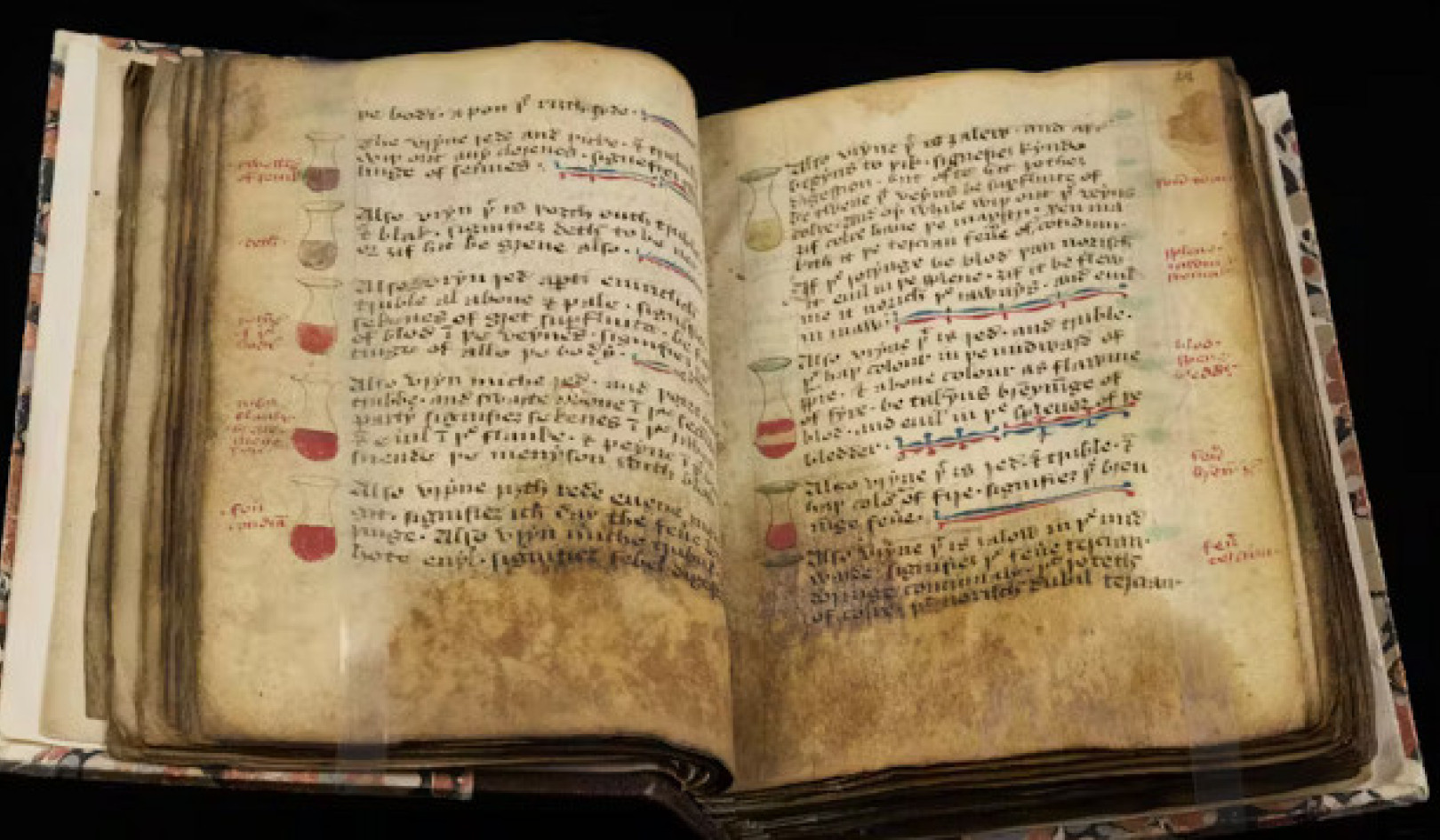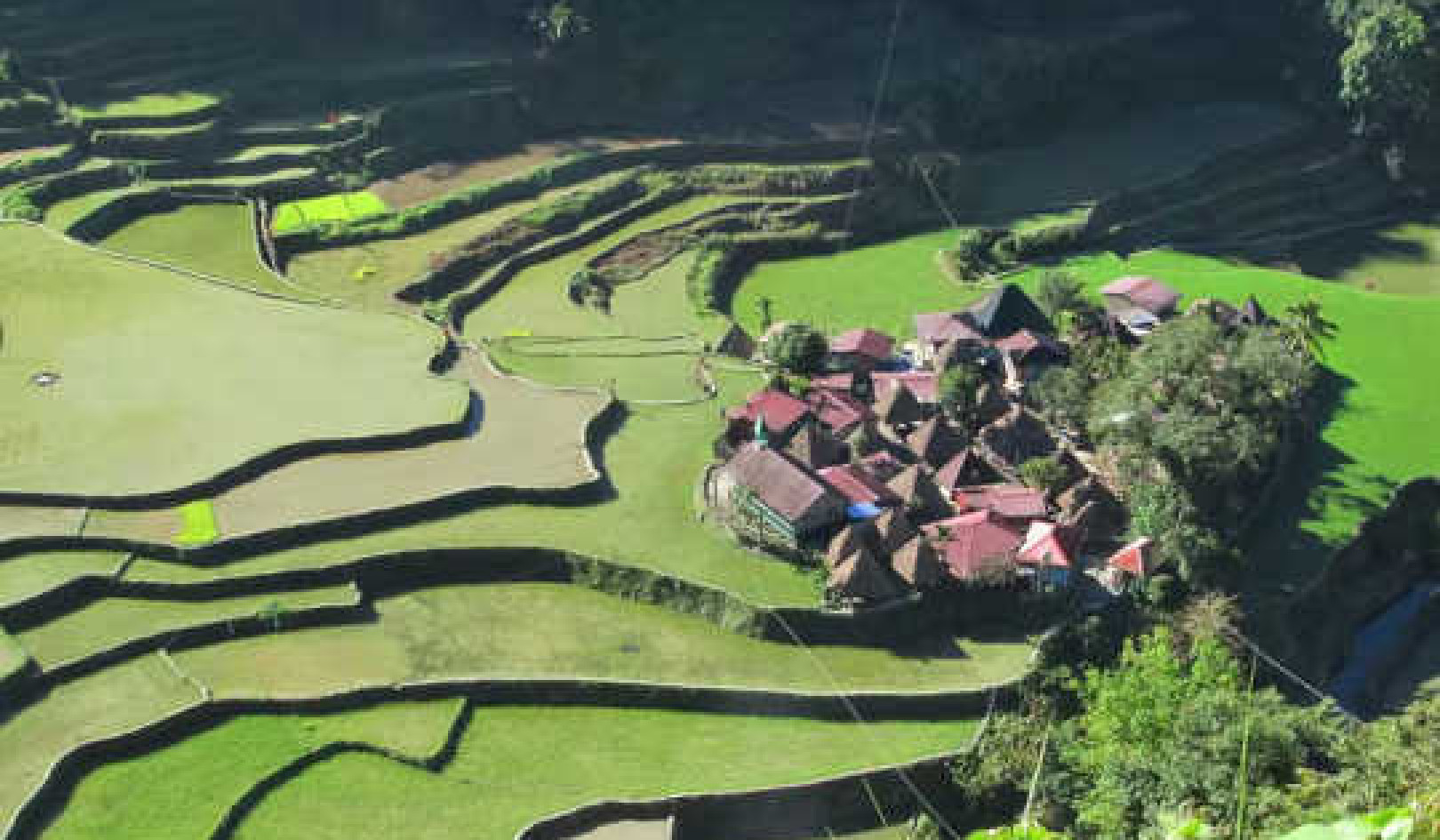 ชีวิตในช่วงเรือนกระจกสุดท้ายของโลกที่ Eocene Jay Matternes / พิพิธภัณฑ์สมิธโซเนียน, CC BY
ชีวิตในช่วงเรือนกระจกสุดท้ายของโลกที่ Eocene Jay Matternes / พิพิธภัณฑ์สมิธโซเนียน, CC BY
ความเข้มข้นของก๊าซคาร์บอนไดออกไซด์กำลังมุ่งไปสู่ค่าที่มองไม่เห็นในช่วง 200 ล้านปีที่ผ่านมา ดวงอาทิตย์ก็ค่อยๆ แรงขึ้นตามกาลเวลา เมื่อนำมารวมกัน ข้อเท็จจริงเหล่านี้หมายความว่าสภาพอากาศอาจกำลังมุ่งหน้าไปสู่ความอบอุ่นที่ไม่เคยเห็นมาก่อนในช่วงครึ่งพันล้านปีที่ผ่านมา ![]()
A lot has happened on Earth since 500,000,000BC – continents, oceans and mountain ranges have come and gone, and complex life has evolved and moved from the oceans onto the land and into the air. Most of these changes occur on very long timescales of millions of years or more. However, over the past 150 years global temperatures have increased by about 1?, ice caps and glaciers have retreated, polar sea-ice has melted, and sea levels have risen.
บางคนจะชี้ให้เห็นว่าภูมิอากาศของโลกมี ได้รับการเปลี่ยนแปลงที่คล้ายกันมาก่อน. แล้วเรื่องใหญ่คืออะไร?
นักวิทยาศาสตร์สามารถพยายามทำความเข้าใจสภาพอากาศในอดีตได้ด้วยการดูหลักฐานที่ถูกขังอยู่ในหิน ตะกอน และฟอสซิล สิ่งนี้บอกเราว่าใช่ อากาศเปลี่ยนแปลงในอดีต แต่ความเร็วของการเปลี่ยนแปลงในปัจจุบันคือ ผิดปกติอย่างมาก. ตัวอย่างเช่น ก๊าซคาร์บอนไดออกไซด์ไม่ได้ถูกเพิ่มสู่ชั้นบรรยากาศอย่างรวดเร็วเท่ากับวันนี้อย่างน้อยก็ในอดีต 66m ปี.
In fact, if we continue on our current path and exploit all convention fossil fuels, then as well as the rate of CO? emissions, the absolute climate warming is also likely to be unprecedented in at least the past 420m years. That’s according to a new study we have published in การสื่อสารธรรมชาติ.
In terms of geological time, 1? of global warming isn’t particularly unusual. For much of its history the planet was significantly warmer than today, and in fact more often than not Earth was in what is termed a “greenhouse” climate state. During the last greenhouse state 50m years ago, global average temperatures were 10-15? warmer than today, the polar regions were ice-free, ต้นปาล์มเติบโตบนชายฝั่งของทวีปแอนตาร์กติกาและจระเข้และเต่าที่จมอยู่ในป่าพรุในบริเวณอาร์กติกของแคนาดาที่ตอนนี้กลายเป็นน้ำแข็ง
ในทางตรงกันข้าม แม้ว่าเราจะร้อนขึ้น แต่ในทางเทคนิคแล้ว เรายังคงอยู่ในสภาพภูมิอากาศแบบ “โรงน้ำแข็ง” ซึ่งหมายความว่ามีน้ำแข็งทั้งสองขั้ว โลกมีการหมุนเวียนตามธรรมชาติระหว่างสภาวะอากาศทั้งสองนี้ทุกๆ 300 ล้านปีหรือมากกว่านั้น
Just prior to the industrial revolution, for every million molecules in the atmosphere, about 280 of them were CO? molecules (280 parts-per-million, or ppm). Today, due primarily to the burning of fossil fuels, concentrations are about 400 ppm. In the absence of any efforts to curtail our emissions, burning of conventional fossil fuels will cause CO? concentrations to be around 2,000ppm by the year 2250.
This is of course a lot of CO?, but the geological record tells us that the Earth has experienced similar concentrations several times in the past. For instance, our new compilation of data shows that during the Triassic, around 200m years ago, when dinosaurs first evolved, Earth had a greenhouse climate state with atmospheric CO? around 2,000-3,000ppm.
คาร์บอนไดออกไซด์ที่มีความเข้มข้นสูงขนาดนั้น ไม่ได้ทำให้โลกนี้อยู่ไม่ได้จริงๆ ไดโนเสาร์เจริญรุ่งเรืองในที่สุด
ไม่ได้หมายความว่านี่ไม่ใช่เรื่องใหญ่อะไร สำหรับการเริ่มต้น ไม่ต้องสงสัยเลยว่ามนุษยชาติจะเผชิญกับความท้าทายที่สำคัญทางเศรษฐกิจและสังคมที่เกี่ยวข้องกับ การเปลี่ยนแปลงสภาพภูมิอากาศที่รุนแรงและรวดเร็ว ที่จะเป็นผลมาจากการเพิ่มขึ้นอย่างรวดเร็วเป็น 2,000 หรือมากกว่า ppm
But our new study also shows that the same carbon concentrations will cause more warming in future than in previous periods of high carbon dioxide. This is because the Earth’s temperature does not just depend on the level of CO? (or other greenhouse gases) in the atmosphere. All our energy ultimately comes from the sun, and due to the way the sun generates energy through nuclear fusion of hydrogen into helium, its brightness has increased over time. Four and a half billion years ago when the Earth was young the sun was around 30% less bright.
So what really matters is the combined effect of the sun’s changing strength and the varying greenhouse effect. Looking through geological history we generally found that as the sun became stronger through time, atmospheric CO? gradually decreased, so both changes cancelled each other out on average.
แต่ในอนาคตจะเป็นอย่างไร? เราไม่พบช่วงเวลาที่ผ่านมาที่ตัวขับเคลื่อนของสภาพอากาศหรือ ภาวะโลกร้อนสูงที่สุดเท่าที่จะเป็นได้ในอนาคตหากเราเผาเชื้อเพลิงฟอสซิลที่หาได้ง่ายทั้งหมด ไม่มีอะไรที่เหมือนกับมันถูกบันทึกไว้ในบันทึกเพลงร็อคเป็นเวลาอย่างน้อย 420 ล้านปี
เสาหลักของธรณีวิทยาคือ หลักการสม่ำเสมอ: that “the present is the key to the past”. If we carry on burning fossil fuels as we are at present, by 2250 this old adage is sadly no longer likely to be true. It is doubtful that this high-CO? future will have a counterpart, even in the vastness of the geological record.
เกี่ยวกับผู้แต่ง
เกวิน ฟอสเตอร์ ศาสตราจารย์ด้านธรณีเคมีไอโซโทป University of Southampton; Dana Royer ศาสตราจารย์ด้านวิทยาศาสตร์โลกและสิ่งแวดล้อม มหาวิทยาลัย Wesleyanและแดน ลันต์ ศาสตราจารย์ด้านวิทยาศาสตร์ภูมิอากาศ มหาวิทยาลัย Bristol
บทความนี้ถูกเผยแพร่เมื่อวันที่ สนทนา. อ่าน บทความต้นฉบับ.
หนังสือที่เกี่ยวข้อง
at ตลาดภายในและอเมซอน






















